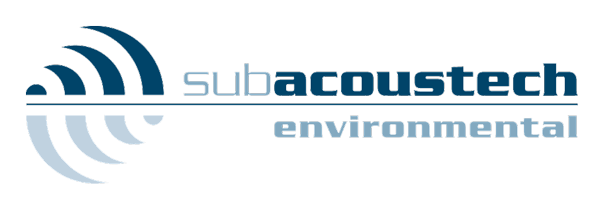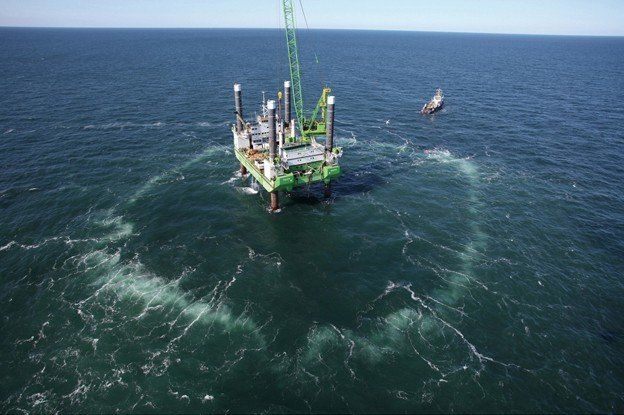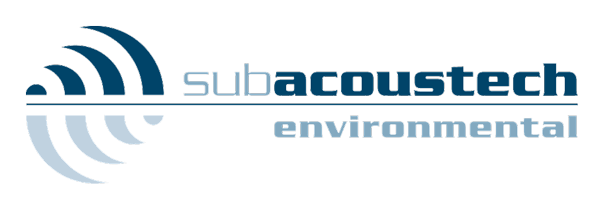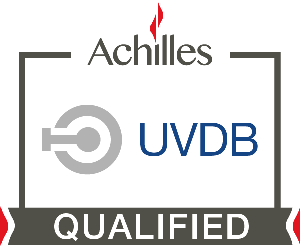Another Successful Monitoring Campaign Completed
- by Sam East
- •
- 10 May, 2021
- •
Six weeks of continuous underwater monitoring successfully completed during well decommissioning operations in the southern North Sea.

Subacoustech Environmental have successfully completed an underwater noise monitoring campaign during well decommissioning operations in the southern North Sea. Monitoring was undertaken continuously at three locations for the duration of the campaign to capture underwater noise from P&A activities during March and April 2021.
A bespoke deployment and recovery method was devised to enable acoustically silent subsea moorings to be deployed from the platform standby vessel operating inside of the 500 m exclusion zone around the platform. This approach had a number of benefits which contributed to the success of the project:
- The subsea mooring design did not restrict navigation which allowed monitors to be positioned in the optimum locations.
- The lack of a surface buoy made the moorings quieter and much less vulnerable to bad weather with modest sized anchor weights. (No issues in 50+ kt winds and 7-8m waves).
- Deployment inside the 500 m exclusion zone significantly reduced the risk of loss or damage from fishing activity.
- Using a vessel that was already under contract and permitted to operate within the 500 m zone reduced costs and removed the need for additional approvals.

Further Information:
Well decommissioning (known as Plug and Abandon or P&A) involves the use of shaped charges to break the wellbore before placing cement plugs and pressure testing to ensure complete isolation of the well. The process is repeated at progressively shallower depths for each wellbore. There is very little field data available to validate estimates of the underwater noise levels that might result from these operations or to support environmental impact assessments and marine mammal mitigation measures.
Subacoustech Environmental was contracted to assist with addressing this knowledge gap and provide real world data to support a more refined and targeted approach to marine mammal mitigation. Initial analysis has shown good quality data was acquired and detailed analysis is ongoing.
About Subacoustech:
Subacoustech Environmental provide specialist underwater noise measurement and assessment services across all marine sectors. We have particular expertise in designing bespoke solutions that utilise vessels already available to the client in order to reduce the cost and risk associated with additional vessel charter.

From all of us at Subacoustech Environmental, we hope everyone reading this, their friends and family are well.
Following recent government guidelines, like many other companies, we have closed our offices. However, we are very well equipped to continue with most of our normal activities, including modelling, consultancy, data analysis and
quotations. Please continue to get in touch with us by email, phone or our contact form
and we will respond as quickly as possible.
We wish you all the best for the next few weeks and months.
Sam, Tim and the team at Subacoustech Environmental.
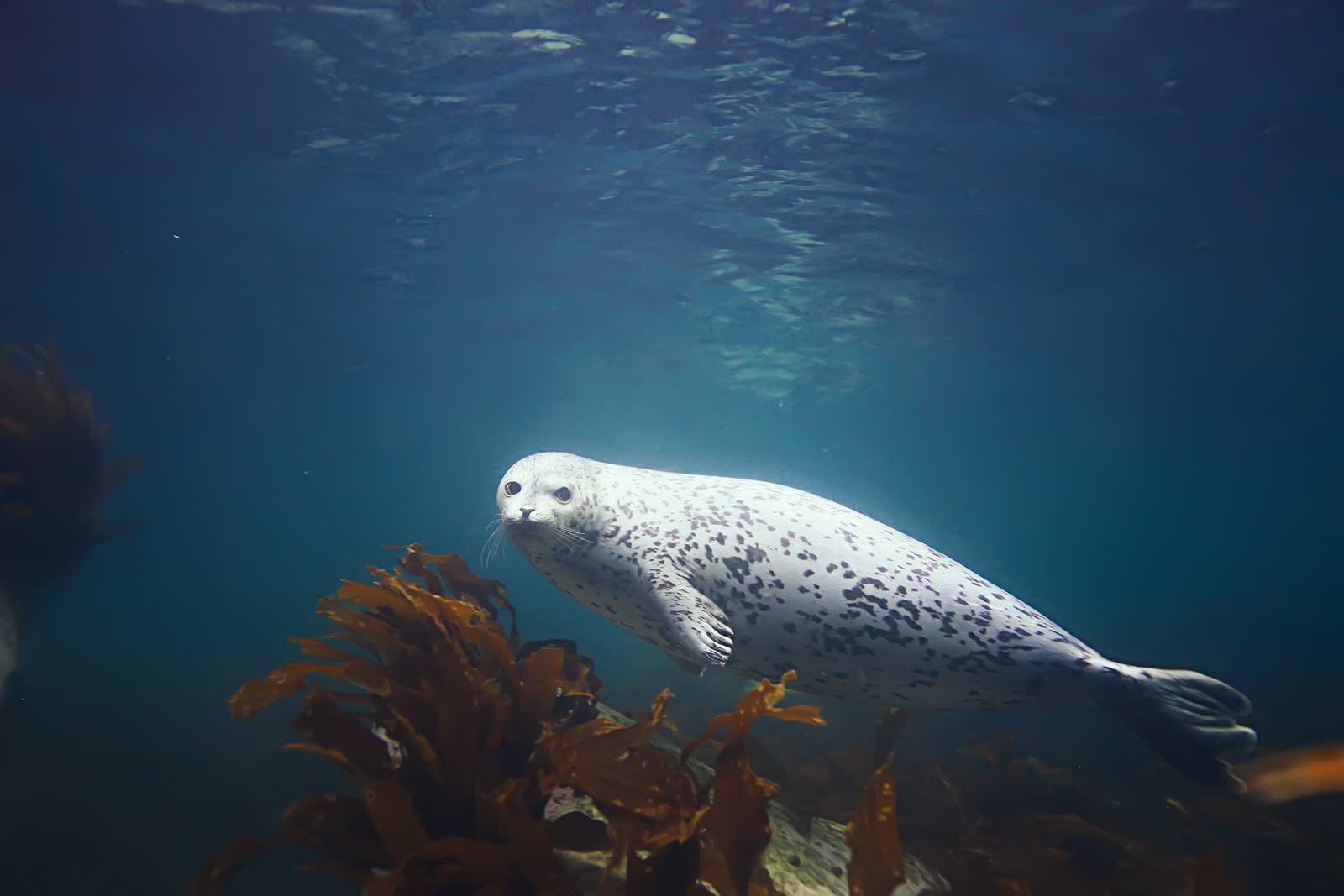
The four main groups that we used from the NMFS paper were low-frequency cetaceans (LF), mid-frequency cetaceans (MF), high-frequency cetaceans (HF), and phocid pinnipeds in water (PW). Southall keeps the same frequency responses but renames these same four groups, respectively, to be low-frequency cetaceans (LF), high-frequency cetaceans (HF), very high-frequency cetaceans (VHF) and phocid carnivores in water (PCW). All of Subacoustech’s upcoming modelling and reporting will utilise the new Southall naming convention for these criteria.
References:
• Southall B L, Finneran J J, Reichmuth C, Nachtigall P E, Ketten D R, Bowles A E, Ellison W T, Nowacek D P, Tyack P L (2019). Marine Mammal Noise Exposure Criteria: Updated Scientific Recommendations for Residual Hearing Effects. Aquatic Mammals 2019, 45(2), 125-232, DOI 10.1578/AM.45.2.2019.125.
• National Marine Fisheries Service (NMFS) (2018). 2018 Revisions to: Technical guidance for Assessing the Effects of Anthropogenic Sound on Marine Mammal Hearing (Version 2.0): Underwater Thresholds for Onset of Permanent and Temporary Threshold Shifts. U.S. Dept. of Commer., NOAA. NOAA Technical Memorandu, NMFS-OPR-59.
Link:
https://www.aquaticmammalsjournal.org/index.php?option=com_content&view=article&id=1886:mari...

Our new home, close to the River Itchen in Southampton, is a former warehouse from the Victorian era that has been refurbished to provide modern offices space with ample storage for our bulky measurement equipment.
Our new contact details and phone number can be found here
